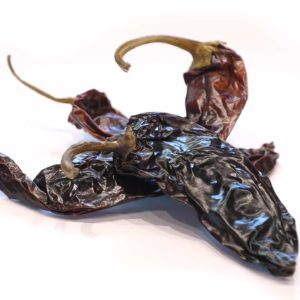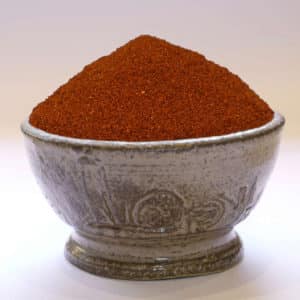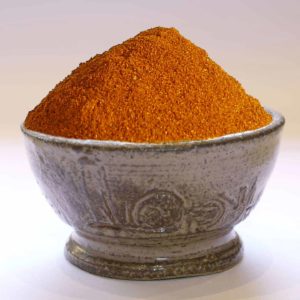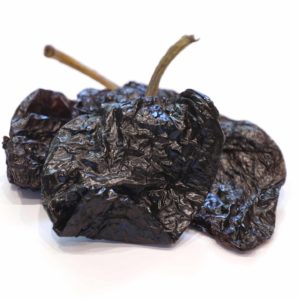0
- ONLINE GROCERY
- OUR HISTORY
- BLOG
- CONTACT
- MY ACCOUNT
- PRO
5,20 €97,00 € /kg
Smoked jalapeño pepper, known as Chipotle pepper, which means "smoked pepper" in the original Nahuatl (Aztec) language. Developed in the Mexican state of Veracruz, they are grown mainly in the Mexican state of Chihuahua, but also in Veracruz, Oaxaca and Sinaloa, as well as in southern Texas and southern New Mexico in the USA. Our peppers come from Mexico. Chipotle peppers have a wonderful smoky aroma and a sweet roundness on the palate, ending with a slight spiciness that doesn't stay.
Chipotles are smoke-dried jalapeño peppers. It is used to preserve and enhance flavors. There is a complex chemical reaction between the tannins and oils in the peppers.
Chipotles originated in Mexico. The word chipotle comes from a Nahuatl word meaning "smoked Chilean bell pepper". Jalepeños remain on the plant to ripen until they turn dark red (green jalapeño is simply unripe fruit).
The ripe chillies are spread out on shelves in closed chambers and smoke is released for days. Smoking takes place at 74˚C, so it's "hot" smoking.
1 onion3 garlic cloves, crushed1 teaspoon sweet paprika1cc ground cumin1 tsp ground dried coriander2 tsp unrefined brown sugar2 tablespoons tomato paste2 chipotle peppers, finely chopped1 tsp Espelette pepper1 tablespoon lime juice or dried lime zestolive oil, salt, pepper
| Weight | ND |
|---|---|
| Weight | |
| Continent-Country | Mexico |
| Color | red brown |
| Intensity | Average (3/10), A little hot (4/10) |



